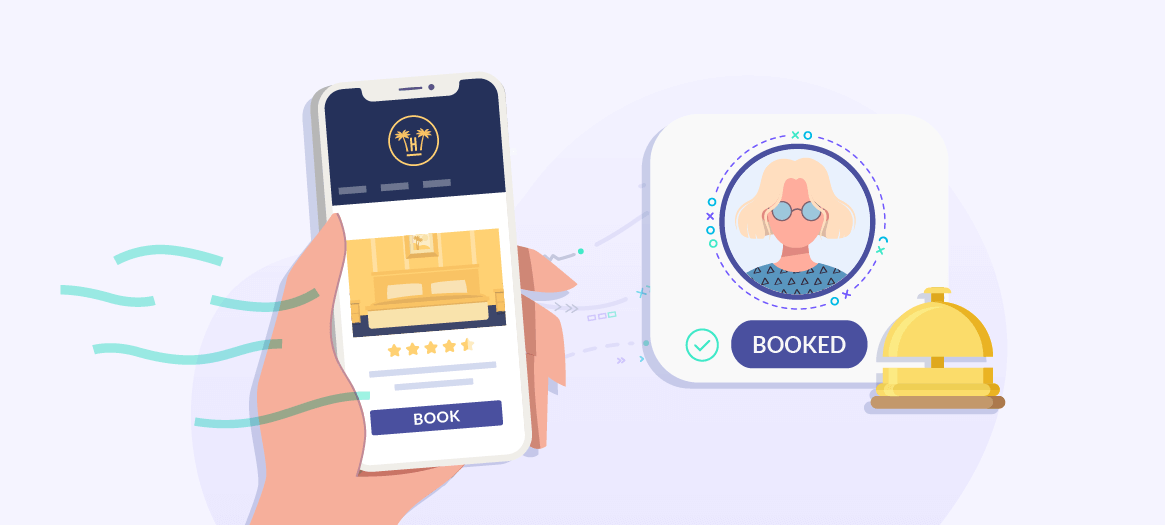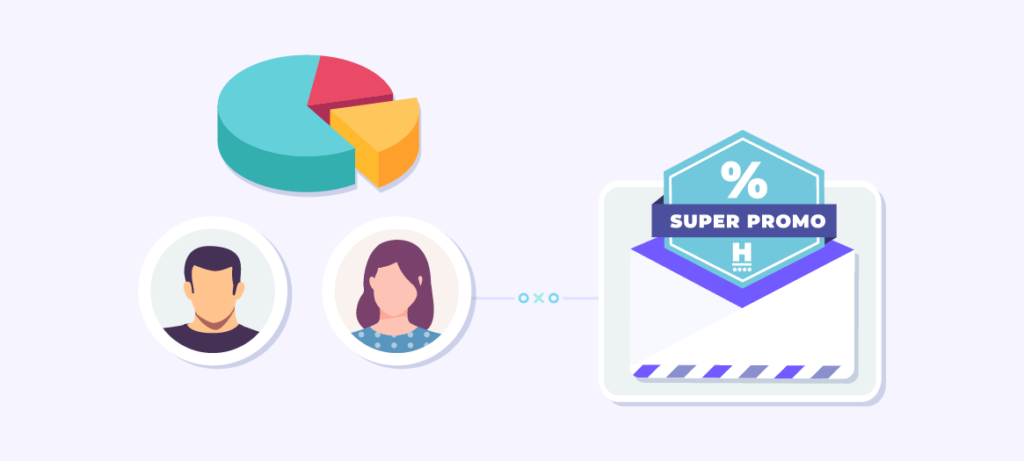
Marketing 3:15 Min read
Which are the direct sales strategies that you need to implement in your hotel?
More and more, the goal of many hotel chains and independent hotels is to decrease how much they depend on OTAs and tour operators; in other words, improving their infrastructure in terms of direct sales strategies and tools that enable them to be more independent. Even though in some cases this means a substantial investment, the result is satisfactory, especially when they start having more direct reservations. But, which is the ideal combination to reach this goal?
A content strategy to attract potential customers
Is the content of your online channels more interesting than that offered by OTAs and tour operators about your hotel? Keep in mind that, nowadays, every travel consumer is previously an online content consumer. Users on the internet who make direct bookings are increasingly more frequent. New technologies and new channels where content can be consumed have favoured this step.
But, are you making the most of these channels? Are you generating the content that can attract your potential customers? The content they really need?
If your goal is encouraging the direct sale of your rooms, you must know that online presence is fundamental to conquer your potential guests, to attract them to your website. With this goal in mind, you must know that to implement a content strategy you need:
1. To define and segment your guest types.
A fundamental tool, the first step not only in terms of your content strategy but for the rest of strategies that you will implement; it is the definition of guest profiles and their segmentation according to the needs and preferences that they have during the different stages of their purchasing process.
In the tourism sector, there are several moments during the purchasing cycle of consumers: dreaming, planning, booking, experiencing. These stages coincide with the search of users for specific content, hence the need to know what they are like and the difference per each specific customer segment.
Therefore, to generate and offer suitable content on the internet, you must recognise and define who are those users subject to making online bookings, based on your Hotel Data. Your channels must be prepared to satisfy mainly the experience of those users during the different stages of their purchasing cycle.
2. To generate the right multichannel content
The content with the best positioning must be your website’s; however, you must think that travel consumers do not stick to one channel or a unique content format. As previously mentioned, new technologies have encouraged multichannel consumption and information multi-formats.
Therefore, in order to generate the right content, you must meet the preferences and needs of travel consumers at each stage of their purchasing cycle. For this reason, if you have previously defined and segmented them, you will know which are the channels and formats that work best in each case. In other words, you will be able to map the most interesting information.
Your website, your blog, your social media channels, your newsletters… each one of these channels will be more effective at a given time of your customer’s purchasing cycle. And moreover, in each stage you must promote key content formats whether text, image or video.
Conversion tools to learn from your contacts.
To encourage direct bookings, it is fundamental to learn which are your consumers’ needs and preferences. For this, several tools can help you to compile information, save it and analyse it to develop strategies such as the content one, which will help you to foster more online sales.
1. Forms
Getting to know your potential customers is fundamental for the development of your business. But, how can you do so? Through different forms you can get specific information. You can know what interests them about your hotels, what they think can be improved, but you can also ask questions about destinations and type of experiences.
However, remember that although it is fundamental to consider forms on your website, hotel conversion systems must be included in each one of the stages of the purchasing cycle. To try to get information from those who are already customers of yours, during the experiencing stage, you must consider forms that may be included in social login to access the hotel’s wifi, a solution that makes it possible to gather between 60 % and 95 % of the value data you need.
Remember that each form must compile information with a clear goal and a specific stage of the purchasing cycle. For this, it will be necessary for users to complete the specific fields that add information to your Hotel Data. Subsequently, where is all this information stored?
2. CRM software
As you can see, there are more and more strategies that are based on knowledge and the obtention of data from guests and potential guests. With so many competitors, especially in the tourism sector, it is necessary to correctly understand which are the consumption patterns of travellers.
But we must be able to save this information somewhere accessible both for the sales department and the marketing department. In order to analyse it and so that it is useful in all operations and strategies, it is fundamental to have the right tool: CRM.
This software enables hotels to keep a record of their whole contact database, but it is also useful when it comes to producing contact lists, that is, automated segments and to analyse the behaviours of users and their relation to the contents that your brand has created.

Direct e-mail marketing techniques to improve conversion.
E-mail marketing still is nowadays one of the fundamental direct marketing techniques for hotels. E-mail automation to segmented lists based on contact information stored in the CRM enable to personalise not only the content with the basic contact details but also to provide specific information that is also relevant to the user.
For this, it will be necessary to implement the best email optimisation practices and to keep in mind which type of destinations, experiences and offers are the most interesting ones for these users. This last block of information will enable you to send the most suitable email at the best time of the purchasing cycle of each defined segment.
This segmentation and personalisation of emails will help you to increase their opening rate and to guarantee a better conversion avoiding common mistakes such as: focusing on the reservations during stages that are too early, including content with no interest for the user; incorporating CTAs that are not attractive and do not foster conversion or bookings.